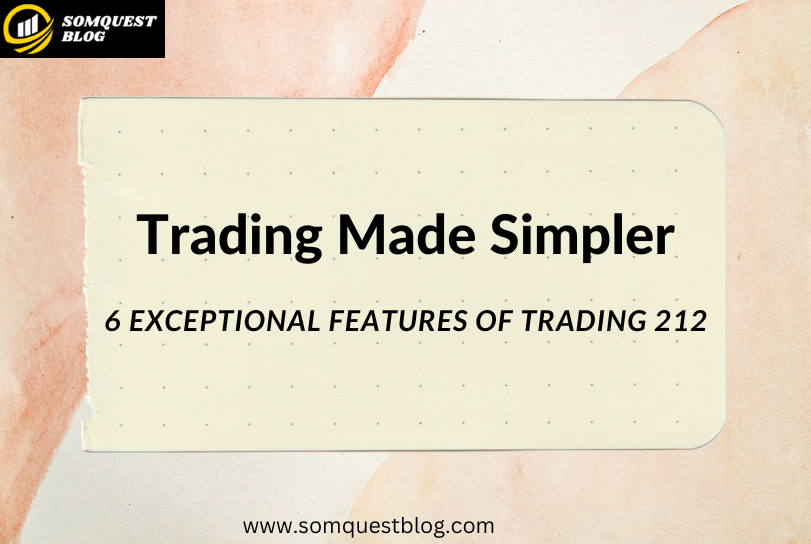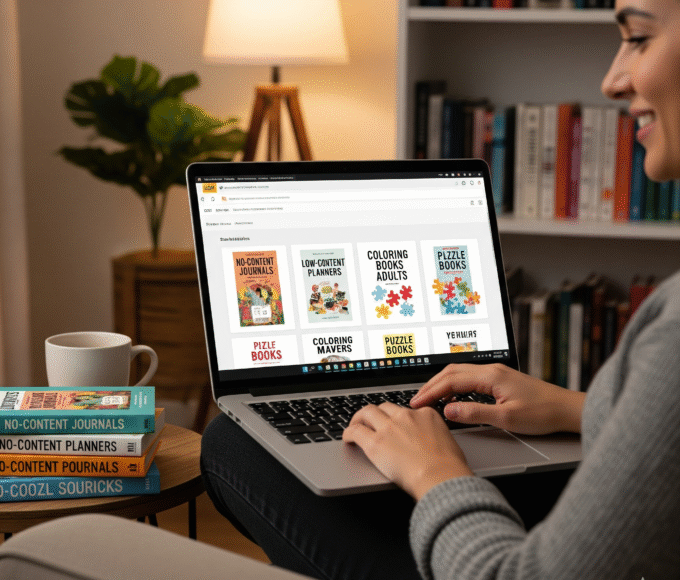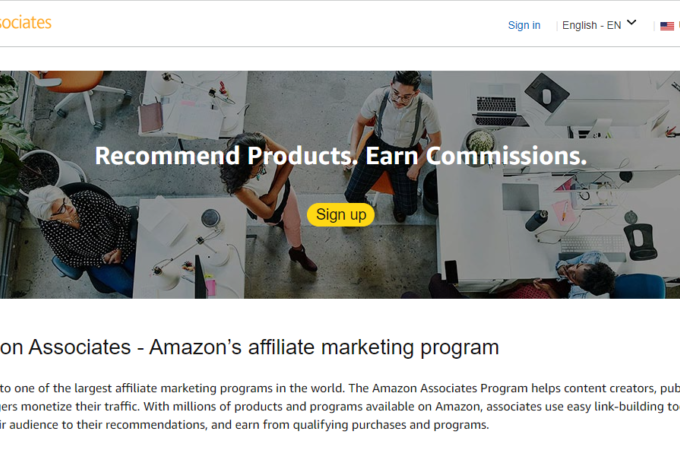If you’re interested in starting a blog, you might be wondering where to begin. Fortunately, many free options are available for creating your blog website. Starting a blog can be a great way to share your thoughts and ideas with the world, establish yourself as an expert in your field, or even start a business.
In this guide, we’ll take you through the process of how to start a blog website for free, and how to create a blogger website. So, without further ado, let’s get started!
Table of Contents
Choosing a Blogging Platform

If you want to start a blog website for free, you need to choose a blogging platform that suits your needs. There are many free blogging platforms available, but not all of them are created equal. In this section, we will compare some of the most popular free blogging platforms and show you how to set up a blog on one of them.
Comparing Free Platforms
There are many free blogging platforms available, but some of the most popular ones are WordPress.com, Blogger, and Wix. Here are some key differences between them:
| Platform | Pros | Cons |
| WordPress.com | Great for serious bloggers who want full control over their blog | Limited customization options |
| Blogger | Easy to use and set up | Limited design options |
| Wix | Great for beginners who want a visually stunning blog | Limited blogging features |
When choosing a platform, consider your goals and what features you need. If you want full control over your blog, WordPress.com is a great choice. If you want something easy to use and set up, Blogger is a good option. According to a report from December 2020, Wix was the most popular website builder in Indonesia, used by 242 websites. So if you want a visually stunning blog, Wix is a great choice.
Setting Up on Blogger
If you want to create a blogger website, follow these steps:
- Go to the Blogger website and sign in with your Google account.
- Click on “Create New Blog”.
- Choose a name for your blog and a URL.
- Choose a template for your blog.
- Click on “Create blog!”.
Once you have set up your blog, you can start writing posts and customizing your blog’s design. Blogger is a great platform for beginners because it is easy to use and set up, but it does have some limitations when it comes to design and customization.
Starting a Blogging Business
If you want to start a blogging business, you need to choose a platform that offers more advanced features and customization options. WordPress.org is a great choice for this because it is a self-hosted platform that allows you to install custom themes and plugins. However, it does require some technical knowledge to set up and maintain.
Overall, choosing a blogging platform depends on your goals and what features you need. Consider your options carefully before making a decision.
In a 2021 survey of influencers in Canada, the United Kingdom, and the United States, it was discovered that bloggers with a Domain Authority score above 50 anticipated getting approximately $549 for each post, on average. Influencers with a Trust Flow score exceeding 20 expected around $330 per post.
Designing Your Blog

Once you have set up your blog, it’s time to design it. The design of your blog is essential as it can attract or repel your readers. Here are some tips to help you design your blog.
Selecting a Template
Most blogging platforms offer a range of templates to choose from. Templates are pre-designed layouts that you can use to create your blog. When selecting a template, consider the following:
- Layout: Choose a layout that suits your blog’s purpose. If you’re starting a photography blog, choose a template that showcases your photos in a visually appealing way.
- Colour scheme: Choose a colour scheme that complements your blog’s purpose. If you’re starting a blog about nature, choose earthy colours.
- Font: Choose a font that is easy to read. Avoid fancy fonts that can be difficult to read.
Customising Your Design
Once you have selected a template, you can customise it to suit your needs. Here are some things you can customise:
- Header: Your header is the first thing your readers will see. Make sure it’s eye-catching and includes your blog’s name.
- Navigation: Your navigation should be easy to use. Include links to your most popular posts and categories.
- Widgets: Widgets are small applications that you can add to your blog. They can include things like a search bar, social media buttons, and a list of your most recent posts.
- Colour scheme: If the template you have chosen doesn’t have the colour scheme you want, you can customise it. Choose colours that complement each other and are easy on the eyes.
- Font: If the template you have chosen doesn’t have the font you want, you can change it. Choose a font that is easy to read.
By following these tips, you can create a visually appealing blog that your readers will love.
Creating Content

Developing a Content Strategy
Before you start writing blog posts, it’s important to develop a content strategy. This will help you create content that is relevant to your audience and aligns with your goals. Start by identifying your target audience and the topics that interest them. You can use tools like Google Trends and social media to see what people are talking about.
Next, decide on the tone and style of your blog. Will it be formal or informal? Will you use a conversational tone or a more professional one? This will depend on your target audience and the topics you’re writing about.
Finally, create an editorial calendar to help you plan your content. This will ensure that you’re consistently publishing new content and that your blog is always up-to-date.
Writing Engaging Posts
Now that you’ve developed a content strategy, it’s time to start writing blog posts. Here are a few tips to help you write engaging posts:
- Start with a strong headline that grabs the reader’s attention. Use keywords to help your post rank in search engines.
- Write in short paragraphs and use subheadings to break up the text. This makes your post easier to read and more visually appealing.
- Use images and videos to illustrate your points. This will help keep your readers engaged and interested.
- Write in a conversational tone and use personal anecdotes to make your post more relatable.
- End your post with a call to action. This could be asking your readers to leave a comment, share your post on social media, or sign up for your email list.
By following these tips, you can create content that is engaging and relevant to your audience. Remember to always keep your target audience in mind and to write in a style that resonates with them.
Promoting Your Blog
Once you’ve created your blog, it’s important to promote it in order to attract readers. In this section, we’ll cover two effective ways to promote your blog: utilising social media and implementing SEO best practices.
Utilising Social Media
Social media is a powerful tool for promoting your blog. By sharing your blog posts on social media platforms, you can increase your blog’s visibility and attract new readers. Here are some tips for utilising social media to promote your blog:
- Choose the right platforms: Not all social media platforms are created equal. Consider which platforms your target audience is most active on and focus your efforts there.
- Share your blog posts regularly: Don’t be afraid to share your blog posts multiple times on social media. Just be sure to space out your posts so you’re not overwhelming your followers.
- Engage with your followers: Social media is a two-way street. Take the time to respond to comments and engage with your followers. This will help build a loyal following and increase engagement on your blog.
SEO Best Practices
Search engine optimization (SEO) is the process of optimizing your blog to rank higher in search engine results pages. By implementing SEO best practices, you can increase your blog’s visibility and attract more organic traffic. Here are some tips for implementing SEO best practices:
- Use keywords: Research keywords that are relevant to your blog and include them in your blog posts. This will help search engines understand what your blog is about and improve your chances of ranking for relevant searches.
- Optimize your content: Make sure your blog posts are well-written, informative, and easy to read. Use headers, bullet points, and other formatting techniques to make your content more engaging.
- Build backlinks: Backlinks are links from other websites that point to your blog. They’re an important factor in SEO, as they signal to search engines that your blog is authoritative and trustworthy. Reach out to other bloggers in your niche and ask if they’d be willing to link to your blog.
By utilising social media and implementing SEO best practices, you can effectively promote your blog and attract more readers.
In 2016, the data reveals the proportion of people in specific European countries who utilized the internet to make a website or blog. Denmark had the highest occurrence, with 10% of individuals using the internet for this purpose.
Monetising Your Blog

Exploring Monetisation Options
When it comes to monetising your blog, there are several options to consider. One of the most popular methods is through advertising. You can sign up with ad networks such as Google AdSense or Media.net to display ads on your blog and earn revenue based on clicks or impressions. Another option is sponsored content, where companies pay you to create posts promoting their products or services. Additionally, you can offer premium content or subscription-based services to your audience, providing exclusive access to valuable resources in exchange for a fee.
Implementing Affiliate Marketing
Affiliate marketing is another effective way to monetise your blog. By partnering with companies and promoting their products or services through unique affiliate links, you can earn a commission for every sale or lead generated through your referrals. It’s essential to choose affiliate products that align with your blog’s niche and audience to maximise the potential for conversions. You can strategically incorporate affiliate links within your blog posts, reviews, or recommendations, providing valuable content while also generating revenue.
By exploring these monetisation options and implementing affiliate marketing, you can effectively generate income from your blog and work towards establishing a successful blogging business.
FAQs: How to Start a Blog Website for Free

What are the steps to initiate a personal blog without incurring costs?
Starting a blog without incurring any costs is entirely possible. First, you need to choose a blogging platform that offers free services. Once you have chosen a platform, you need to select a domain name and create a blog name. After that, you can select a free template and start creating content. You can also use free tools for designing and customizing your blog.
Which platforms offer the best free blogging services?
Several platforms offer free blogging services, including WordPress, Blogger, Wix, and Weebly. Each platform has its unique features and limitations. However, WordPress is the most popular platform, and it offers a wide range of features and customization options.
How can one establish a blogging website with the potential for monetisation?
To establish a blogging website with the potential for monetisation, you need to create high-quality content that attracts a significant number of readers. Once you have a sizeable audience, you can monetize your blog through advertising, affiliate marketing, selling digital products, or offering sponsored content. However, it’s essential to note that monetising your blog takes time and effort.
What are some exemplary blog website templates that I could use as a reference?
Several platforms offer free blog website templates that you can use as a reference, including WordPress, Wix, and Weebly. You can also find free templates on other websites, such as ThemeForest and TemplateMonster. When selecting a template, ensure that it aligns with your blog’s niche and style.
Can I create a blog on Blogger without any charges, and how does the process work?
Yes, you can create a blog on Blogger without any charges. To create a blog on Blogger, you need to sign up for an account and follow the prompts to create a blog. Once you have created your blog, you can select a template and start creating content. Blogger is a user-friendly platform that offers several customization options.
What are the essential considerations for starting a blogging business?
Starting a blogging business requires careful planning and consideration. First, you need to identify your niche and target audience. You also need to create a content strategy and marketing plan. Additionally, you need to consider the legal and financial aspects of running a business, such as registering your business, paying taxes, and obtaining necessary licenses and permits. Finally, you need to be patient and persistent, as building a successful blogging business takes time and effort.















